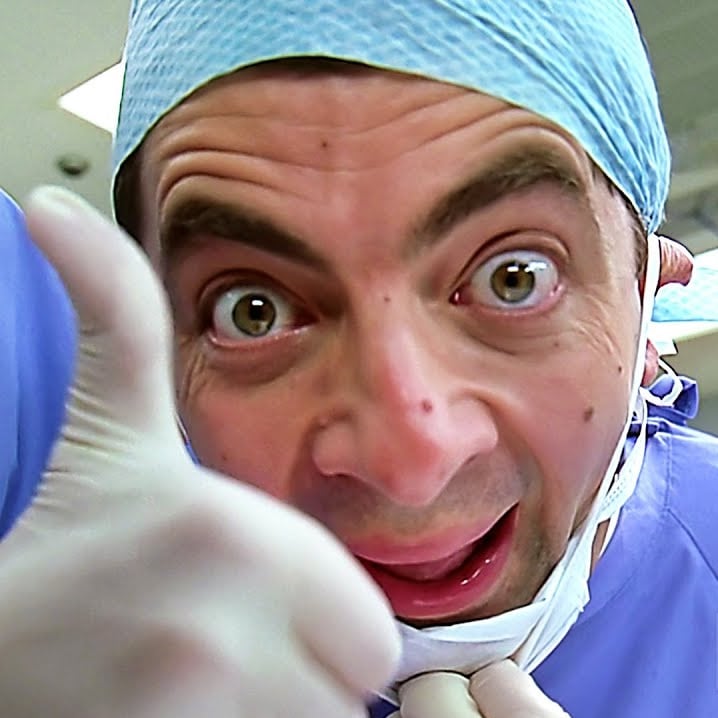they are all normal flora if you’re brave enough
Why do these agar plates always have two intersecting lines on one side and nothing on the other side? Is it like an environment control thing?
The standard way to streak a plate involves creating a resevoir of the sample you are studying, then using a sterile tool to streak through that at a steep angle. Then you streak through the first streak with another sterile tool, and so on and so forth.
As you streak through lines, the amount of bacteria pulled along is reduced until you are able to isolate individual colonies.
Til! Thanks!
Visual breakdown for anyone interested:

Nice username
1 through to the end are all made with new, sterile… sticks?
Look ma, I’m a biochemist now!
Pretty much. It’s like a little wire loop - sterilize it with a bunsen burner, let it cool, then take a swab from your source specimen and drag it into your agar for that section 1. Sterilize it again with the burner, cool, then drag through the last couple lines of 1 to get region 2. Repeat for 3 and again for 4. The sample size of individual microbes gets exponentially fewer each time - done correctly and region 4 is dotted with individual cells, which you leave alone for a while to incubate, then come back and start making your observations like how it’s interacting with the agar, what color, texture etc; smear it onto a microscope slide, see how it responds to different stains, it’s shape, it’s arrangement… then start checking all those findings against known properties of different microbes until you find a match.
raise your hand if you ever wrecked a plate by forgetting to cool the loop
✋
I made that mistake several times, but iirc it was always a recoverable error. When I stuck that hot loop into the agar it would sizzle, which would tell me I just murdered every bacterium that loop touched; so resterilize actually allow it to cool this time, and repeat the botched step in a slightly different location to pass through a section of bacteria that I hadn’t just dropped a nuke on.
…which is probably shitty technique, but it got me good enough results to get good enough data for class.
Another way is one use throwable plastic hoop. Which is completely stupid, but well…
Normal flora can become pathogenic if it finds a way to a part of your body in which it doesn’t normally reside. For example, E. coli is NOT pathogenic when it’s in your lower intestines; different story when it finds a way into your bladder. …and even within the normal ‘home’ of a microbe in question, if your internal chemistry or immune system get out of whack, sometimes that resident flora can get out of control. This is basically ‘opportunistic pathogens’ in a nutshell.
So… every square.
Yeast infections of the vulva/vagina spring to mind as an example of resident flora getting out of control

Press skip anyway
deleted by creator
Get out, ya filthy clanker.
Better for Lemmy users

Bad parseability is a bug in itself.
Looks like the raw output of a decompiler.
Edit: It’s JavaScript… Perhaps the output of some obfuscator then.
This plate is stressing me out lol
It’s all of em innit
Thought this was a bowl of ramen at first
😵💫
Skip and click all the bikes until they are gone
Computers are probably better on this than humans by now.
I happen to know that they infact are. One of the actual uses of AI.
Millions of images from specimens collected over decades have been fed into these nueral networks.
Essentially, when used for anything other than chatbots AI should do one specific job extremely well. This is because it is trained in the same manner as any human. You give it images of specimens and the diagnosis (bit more complicated than that, but it’s the important part).
Ninja edit: Only a few of these are commercially implemented right now, mostly under study. But they can do many more specimens than a human can AND a pathologist still has to sign off on the diagnosis. So it’s not a fire and forget, someone is still accountable.
I know some people from uni that made a startup doing exactly this type of stuff, they seem to be very successful. It’s impressive stuff, really.
I have worked adjacent to it. Impressive is an understatement. I wouldn’t benefit financially of course as I wouldn’t be on here talking about it.
I don’t exactly understand the implementation I just know big research institutions, Google, nVidia, and many smaller companies are working it. The amount of data is nothing short of enormous, and even better still, it appears to raise the standard of care across insured and uninsured populations.
Not only is the ROI there, it’s already assisting in radiology and medical imaging as well. Behind all the bullshit being sold there is actual good stuff being done.
Imagine being in the bumfuck middle of nowhere Montana, and you have to get something checked out. Anywhere in the US a doctor will be able to tell if something is abnormal, but you need specialists to determine how abnormal a specimen is, and if tissue needs to be examined closer or specialized treatment is necessary. Instead of having to send it to John Hopkins or Mayo Clinic your closest hospital had one of these machines - just like an MRI - and they could get a diagnosis quickly? You can get the specialized treatment or testing faster at a lower cost.
Its a trick question, if there was a pathogen there the guy wouldn’t be holding it open like that haha… right guys ?
I believe that’s Blood Agar, metal as fuck!
If you get it right, you’re not human.










